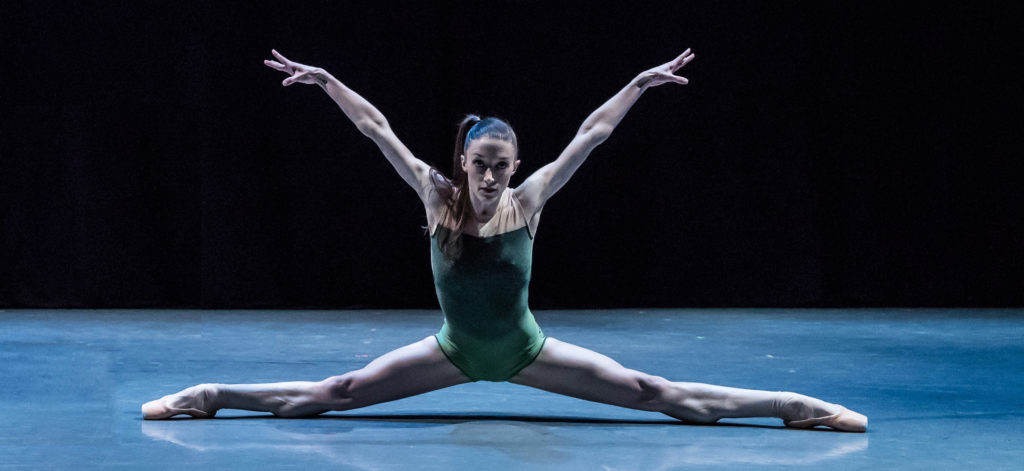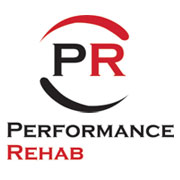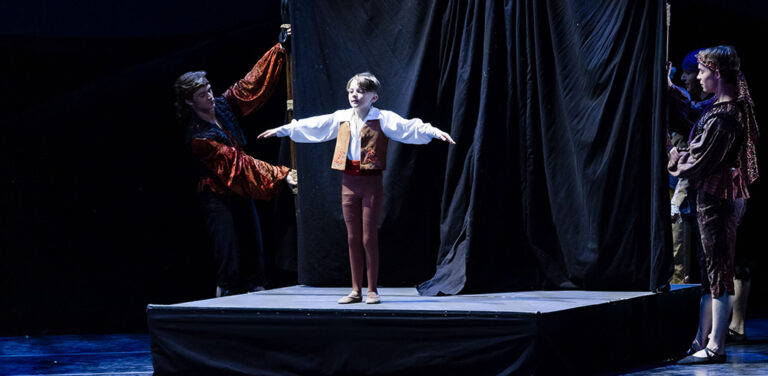
Injuries are the yin to the yang of incredible dance. Prevention is key.
Kansas City Ballet Dancer Taryn Mejia believes, “The most important part of physical therapy for me is quick treatment of minor injuries, aches and pains. These small ailments, more likely than not, become much larger injuries if left untreated. Dancers are so aware of their bodies that we notice immediately when something is wrong.”
She’s not alone.
Since August of 2017, Performance Rehab has had their team working to keep Kansas City Ballet Dancers rehearsing and performing. Performance Rehab is a valued Kansas City Ballet Business Council company and is The Official Physical Rehabilitation Provider to Kansas City Ballet.

The Performance Rehab Team
Lead therapist Kendra Gage grew up dancing and studied it in college. And though she never danced professionally she has a love for the art and knowledge of dance language. Her undergrad is from KU. Liz Trevino teaches Pilates and wellness and dance technique enhancement at Performance Rehab and is also a member of the faculty in Kansas City Ballet’s Studio program. Anjali Tata-Hudson is a physical therapist assistant with an extensive dance background and a masters in dance. And Kelly Meiners is a contract therapist. She has worked with KCB in the past and also is with Rockhurst’s PT department.
“Physical Therapy for dancers is unique because most dancers must continue to be physically active while they have an injury,” says Gage. “Dancers can’t always stop the painful or aggravating activity. So, we establish an individual treatment plan and provide them instructions for dancing, even while injured.”
What Performance Rehab Provides
 Here are some types of help Performance Rehab provides: advice to change their warm-up routine or instructing dancers on strategic use of ice or heat, or even giving them certain exercises to do outside of the studio. There are a lot of educational tips and manual techniques the therapists provide that can help dancers while they heal.
Here are some types of help Performance Rehab provides: advice to change their warm-up routine or instructing dancers on strategic use of ice or heat, or even giving them certain exercises to do outside of the studio. There are a lot of educational tips and manual techniques the therapists provide that can help dancers while they heal.
Performance Rehab therapists are available for triage or maintenance-type work on both new and existing ailments on rehearsal days during the dancers’ lunch hour, backstage at performances and on Mondays when the dancers are off. Gage says they will see five to six dancers on an average lunch break and they see several on Mondays and are busy backstage the whole show.
The Results
According to Mejia, “Performance rehab has been game changing for this company. The daily accessibility and knowledgeable therapists can diagnose and treat us quickly. Allowing us to dance our best.”
“It’s really fun to see a dancer overcome an injury to put something on stage for the city to enjoy,” Gage says. “We are proud and honored to be able to help facilitate amazing ballet.”



